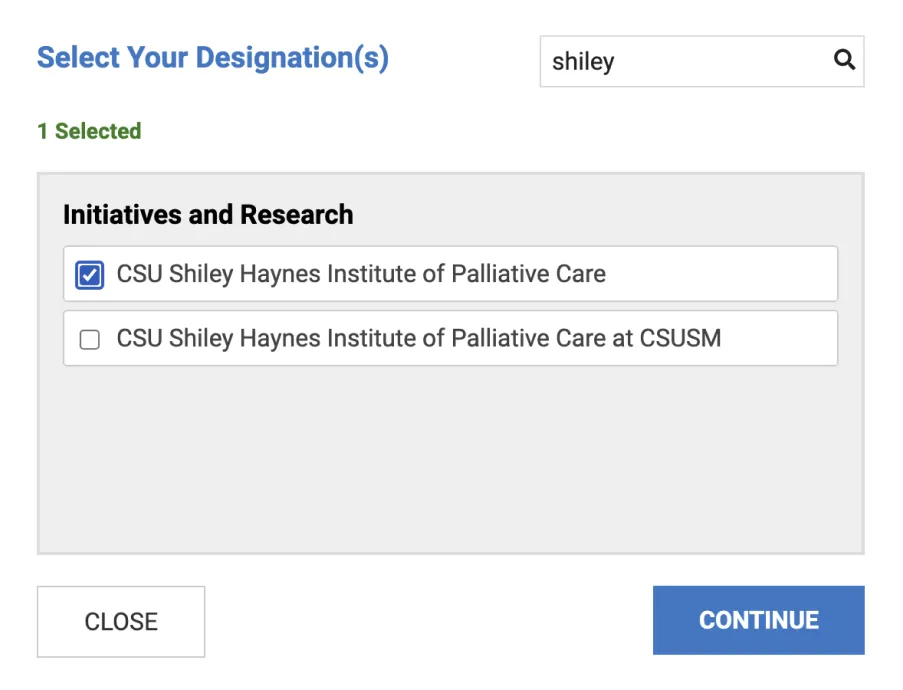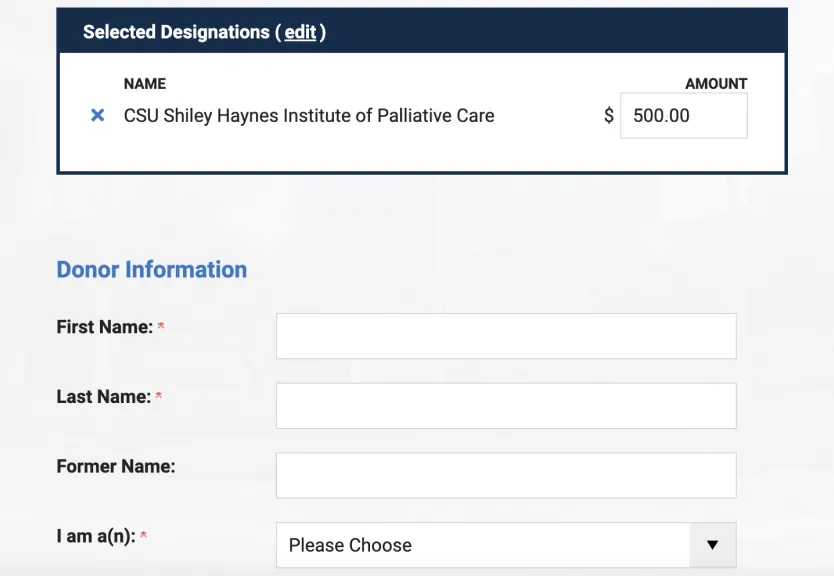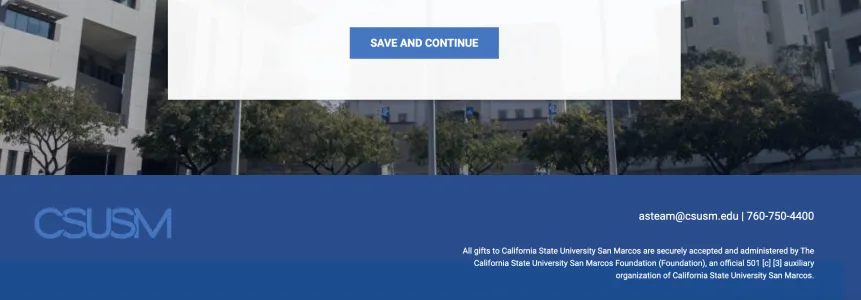Hospice Professionals Rediscover Resilience in their Work
Eight months into the COVID-19 pandemic, hospice and palliative care professionals are tired and struggling under the constraints of PPE, changes in how care is delivered, and the knowledge that some patients under quarantine in care facilities may be dying alone.
Community-based care teams are facing difficulties not seen in the field since the AIDS epidemic, said Carla Cheatham, MA, MDiv, PhD, chair of the National Hospice and Palliative Care Organization (NHPCO) Ethics Advisory Council, and a leader in workplace resilience programs through her Carla Cheatham Consulting Group.
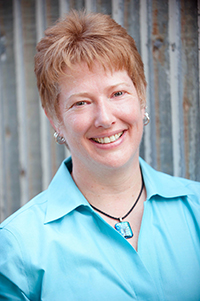
Deep concern for patients, fear of disease exposure and transmission, and all the challenges facing other Americans – financial insecurity, home schooling, social isolation, and more – can feel overwhelming.
Self-care is crucial, Cheatham and other experts said, and many hospice professionals are rising to the moment.
“It’s the crisis fatigue we’re all facing, until our bodies and brains say ‘enough,’” said Cheatham. “But we also know hospice professionals are hella-resilient.”
They are being creative in asking their teams for support and seeking information and education on self-care. “They’re also finding their own best selves in this crisis,” she said.
Self-Care Is Essential
Most hospice professionals came to the field with their own history of suffering and being broken open by grief to find greater depths of compassion in themselves, Cheatham said.
“Add to that, we choose the work,” she said, “Plus, we come from a more philosophical, existential, spiritual bent. We’ve already had experience coming to grips with what we think about things that we know don’t make sense.”
As Cheatham teaches in her workshops, one of the predictors of resilience in crisis is a strong sense of community. The hospice interdisciplinary team can provide that. Another is a sense of taking agency on our own behalf.
“I encourage folks to look for things they can change,” she said, “and to certainly make space for the grief and loss.”
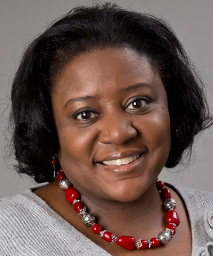
Karen Monts, Practice Manager for Counseling Services at Hospice of Michigan, said self-care is necessary in hospice work and can also be a byproduct of it.
“All of our counselors are going through the same things as their patients and families—spouses losing jobs, kids needing home schooling, loved ones getting sick,” she said. But they choose this work because they want to help people.
“That’s their passion. That’s what motivates them,” she said. “When they’re able to really help people, it builds their resilience.”
“Still, you do have to practice self-care as a routine part of your everyday life,” Mont said. “Treat it as an essential part of the work—not something that just gets lip service.”
Monts convened weekly support meetings for her counseling staff early in the pandemic, with the aim of helping them learn good self-care. Those meetings are now held monthly. NHPCO also offers a monthly group for hospice and palliative care professionals.
What Lies Ahead for Hospice Care?
With all the current challenges, are hospice professionals getting burned out and leaving the field? Monts said it happens, but she hasn’t seen it very often.
Most of her staff will talk to another counselor and get the support they need, she said. Some take extra time off to recharge.
“They tell me the ability to come together with their colleagues helps keep them going,” she said. “I’ve also found a lot of free education on COVID and grief and self-care, which I share with my staff.”

Theresa Lynn, PhD, RN, LMSW, executive director of Wings of Hope Hospice and Palliative Care in Allegan, Mich., interviewed both clinical and office staff at her agency to ask them what the leadership had done that was helpful or not in promoting resilience.
Daily emails from the director after the program shifted to remote work, written protocols for how to keep themselves safe, digests of pandemic news, and updates on how the agency itself was faring were cited as helpful.
What they wanted more of, Lynn said, was to see each other. They are mourning the loss of access to their coworkers, as well as seeing the leadership team on a more regular basis.
“They worry we will lose the camaraderie we had before the pandemic,” she said.
Still, could the COVID pandemic transform hospice care as we know it and perhaps even make it better? It’s possible “if we pay attention and take advantage of the opportunity to get away from the check boxes and checklists and all the things that have pulled us away from the bedside,” Cheatham said.
In some areas, where COVID regulations have eased, it has been possible to get back to more direct patient care. But with cases spiking as winter approaches, it’s unclear whether new restrictions may be coming. Remaining flexible and centered is important.
“Think about the changes we can make moment by moment to build our resilience and come out the other side—things we can start doing now to prepare for what we want to be our post-crisis selves,” Cheatham said.
Online resources and strategies for building resilience through the COVID crisis are available through the CSU Shiley Institute for Palliative Care and free education.

